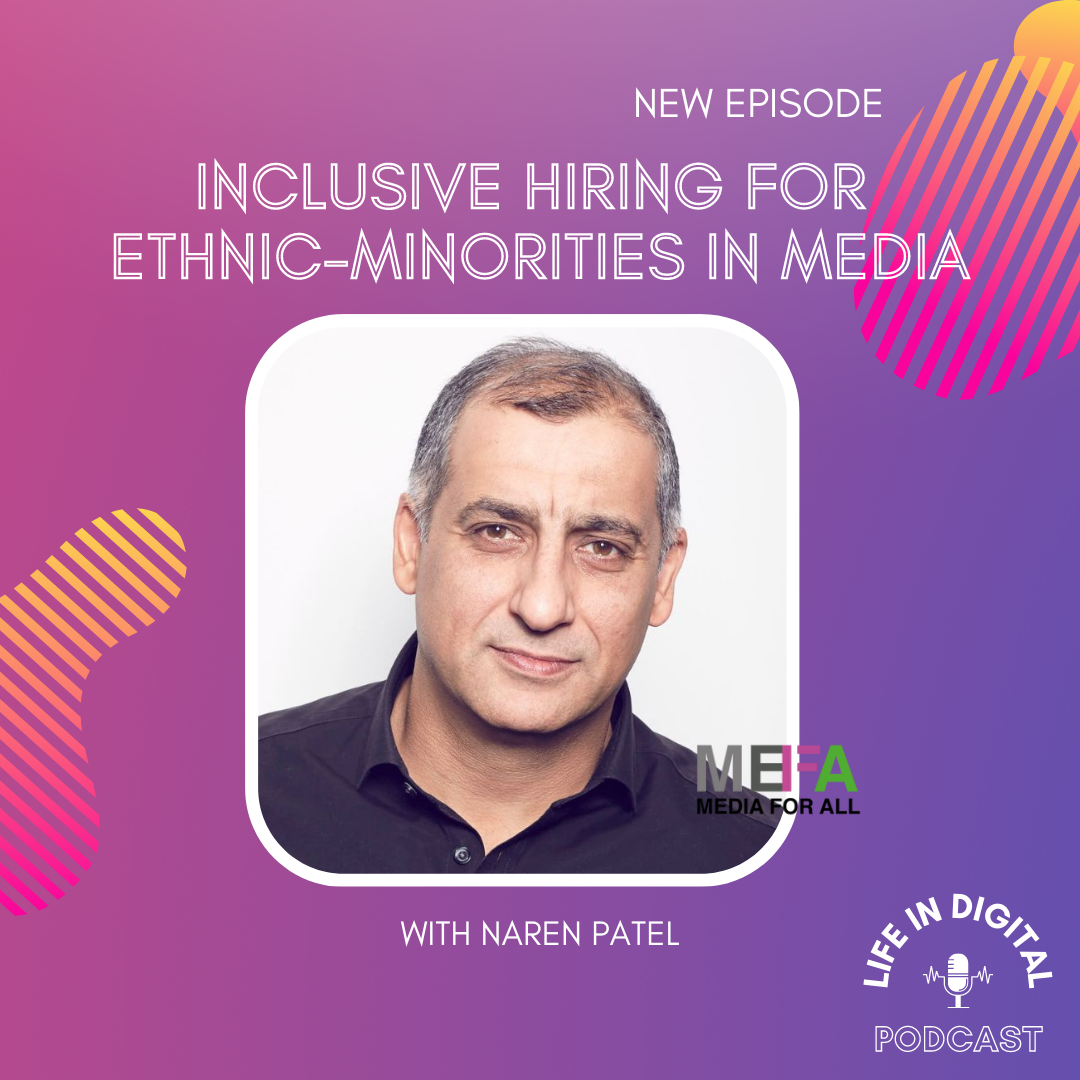How to write a resume that will land you an interview
02 Aug, 20225 minsIf you’ve never written a resume before, it can be difficult knowing where to begin. Because...

If you’ve never written a resume before, it can be difficult knowing where to begin. Because of this, we have written a step-by-step guide discussing each section of your resume to help you get started.
The key to writing a great resume is knowing the goal, so make sure you always have the job in mind when writing your resume. A badly written resume can result in your application being disregarded before you’ve even started the process.
Summary
The summary of your resume will be the first thing a recruiter or hiring manager sees. It’s at the top of the page, and the aim is to introduce yourself and highlight key information about you
Though the importance of this section is debated, we recommend spending time on this, making sure what you include is relevant to the role you are applying for, and demonstrating that you have the skills necessary to complete the job.
These are three questions you might think about to help you write this section:
- What are three things that people associate you with?
- When asked to summarize your most memorable experience, what would you say?
- What are your plans moving forward?
Using keywords that are used in the job description is a great way to help demonstrate how you, your skills, and your experience, are relevant, and the right fit for the job.
Skills
The skills section allows you to demonstrate the transferable skills that you possess, and how these will be relevant to the role you’re applying for. Try not to over-generalize in this section – instead list specific skills that you have, bearing in mind the requirements for the role you’re applying to.
The skills section should not be the only place where skills are included, instead ensure you are weaving them throughout your resume to help make it clear what your key skills are, how you have used them and how these are beneficial for the job you’re applying for. This can be done in the summary, work experience section, and sometimes even in the hobbies and interests section.
Experience
Ensuring consistency in format when writing your work experience is key to making this section clear, it should be in the following order:
- Job title
- Company name
- Period of employment
- Responsibilities and achievements
Here, you can show off the responsibility that you have taken on, things you may have achieved and show off your best qualities. Including stats in your experience section can be a great way to help communicate the impact your previous work had.
When writing this section, remember to bear in mind the goal – the current position you are applying for. Make sure that whilst you are including important tasks and responsibilities you had, you are tailoring these to help demonstrate how your previous experience is related to the current role and why you are going to be the best candidate for the job.
Using keywords from the job description can help you stay on track when writing your resume but will also help hiring managers and recruiters who may be scanning your CV for relevance.
Education History
Whether you are a recent graduate or not will depend on how important this section of your resume is.
Education history should be listed in reverse chronological order, with your most recent qualification at the top and the rest following underneath. Start with the name of your college, the title of your diploma, the dates you were in education, and the grade you received. If you have not yet received your grade, you can include your expected grade, additionally, if you have not yet completed your degree, include your expected graduation date as the end date.
If you took specific classes that are relevant, it can be a good idea to list these too to help demonstrate your knowledge in the field.
Any relevant certificates you have are also worth including, however they should be added to a new section of your resume – ‘Certifications’ or ‘Achievements’.
Hobbies and Interests
A hobbies and interests section is a great way to showcase a bit of your personality and what your interests are outside of work, this can help hiring managers get an idea if you would be a good fit in the company.
Hobbies and interests don’t have to be relevant to the role you’re applying to, but if they are it’s worth making note of as it can help express your interest in the overall field.
The relevance of a hobbies and interests section is debated over a lot, so if you need to make room for more relevant information, this section can be excluded. If, on the other hand, you’re looking to bulk out your resume, this is a great section to add in extra content.
Formatting
Having a clear format is the key to a great resume. It is important that your resume is well-formatted and logically structured as hiring managers and recruiters often skim-read resumes, as opposed to reading them in depth. Keep it concise and aim for a maximum of two pages.
You should use a reverse chronological structure for your resume and write in the order of relevance, it should look something like this:
- Summary / Personal Statement
- Key Skills
- Work Experience
- Education History
- Hobbies and Interests
- References
If you don’t have a lot of work experience, for instance, if you’re a recent graduate, education can be placed above work experience.
Tailoring your resume so that it looks more eye-catching can be a great touch, especially if you’re applying for creative or design roles. You can use platforms such as Adobe or Canva to create an awesome resume.
Final Checks
Once you have finished writing your resume, make sure you read through it and check for any spelling and grammar mistakes. You can use platforms such as Grammarly to help with this. Make sure it is easy to read and that what you have written makes sense.
If you are applying for multiple roles, ensure you are tailoring each resume to the job description of the role. Make sure you are also submitting the correct application –avoid using company names in the title in case of this.
If you are looking for your next role Sphere Digital can help! Speak to our North American team today - hello@spheredigitalrecruitment.com




